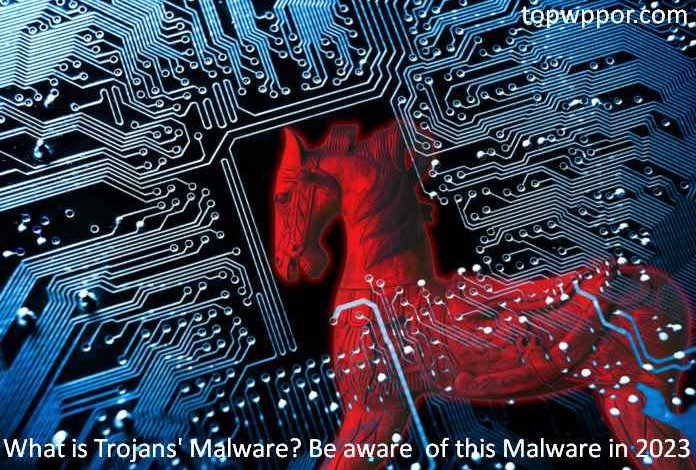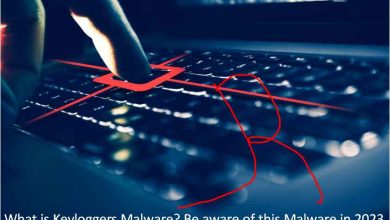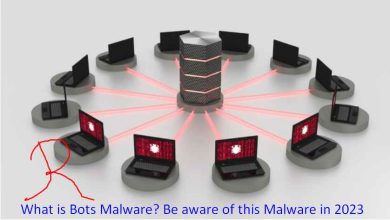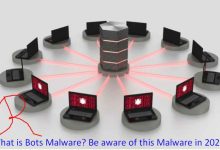What is Trojans’ Malware? Be aware of this Malware in 2023


Introduction
In today’s digital age, cybersecurity is of utmost importance as cyber threats continue to evolve. One such threat that has been causing havoc for years is Trojans’ malware. Unlike viruses and worms, Trojans do not self-replicate but can be equally dangerous. This article will delve into what Trojans’ malware is, its history, signs of infection, sources of infection, prevention measures, and some notorious case studies to highlight the importance of being aware of this malware in 2023. Free Make Money Online
Understanding Trojans’ Malware
Definition of Trojans
Trojans, named after the infamous wooden horse from Greek mythology, is a type of malware that disguises itself as legitimate software. Users unknowingly install Trojans, believing them to be harmless applications. However, once inside a device, Trojans can perform malicious actions without the user’s knowledge…(Article Rewriter)(Plagiarism Checker)
How Trojans’ Malware Works
Trojans gain access to devices by exploiting vulnerabilities in software or through social engineering techniques. They can hide in seemingly harmless files or programs, waiting for the right moment to strike. Once activated, they can steal sensitive data, create backdoors for hackers, or launch large-scale attacks.
Common Types of Trojans
Trojans come in various forms, each designed for specific purposes. Some common types include:
- Backdoor Trojans: These create secret access points in a system, allowing hackers to control it remotely.
- Keylogger Trojans: They record keystrokes, compromising passwords and sensitive information.
- Downloader Trojans: These download and install other malware onto the infected system.
- Ransomware Trojans: They encrypt files and demand a ransom for decryption keys.
The History of Trojans’ Malware
Early Instances of Trojans
The concept of Trojans dates back to the early days of computing when hackers disguised malicious code as innocent applications. One of the earliest recorded instances was the “Animal” Trojan in 1975, which spread through ARPANET.
Notorious Trojans’ Attacks
Over the years, Trojans have been involved in several high-profile cyberattacks. The “Code Red” worm in 2001 used a Trojan component to carry out distributed denial-of-service attacks. The “Zeus” Trojan, first identified in 2007, targeted financial institutions and stole millions of dollars.
Signs of a Trojan Infection
Unusual System Behavior
If your device starts behaving erratically, crashes frequently, or runs unusually slow, it could be a sign of a Trojan infection.
Pop-up Ads and Unsolicited Downloads
Trojans may bombard users with intrusive pop-up ads or initiate unwanted downloads without user consent.
Suspicious Network Activity
An infected device may show unusual network traffic, indicating communication with remote servers controlled by hackers.
Sources of Trojan Infections
Infected Email Attachments
Opening malicious email attachments can trigger Trojan infections, making email a common vector of attack.
Malicious Websites and Downloads
Downloading files or software from untrusted sources can lead to Trojan infections.
Fake Software Updates
Attackers may create fake software updates that, when installed, introduce Trojans into the system.
Protecting Your Devices from Trojans’ Malware
Use Reputable Antivirus Software
Installing reliable antivirus software can detect and remove Trojans before they cause harm.
Keep Your Software Up-to-Date
Regularly update your operating system and applications to patch security vulnerabilities that Trojans exploit.
Exercise Caution When Downloading Files
Only download files from reputable sources and avoid clicking on suspicious links.
Removing Trojans’ Malware
Manual Removal
Experienced users may attempt manual removal, but this method can be risky and ineffective for non-tech-savvy individuals.
Using Antivirus Software
Antivirus programs are designed to identify and remove Trojans efficiently.
Seeking Professional Help
In severe cases, seeking assistance from cybersecurity experts is recommended to ensure complete removal.
Case Studies: Famous Trojan Attacks
The Zeus Banking Trojan
Zeus targeted financial institutions, stealing login credentials and siphoning off funds.
The Emotet Trojan
Emotet infected systems, allowing attackers to deliver other types of malware, like ransomware, causing extensive damage.
The WannaCry Ransomware
WannaCry exploited a vulnerability in Windows systems, encrypting files and demanding ransom for decryption.
The Future of Trojan Attacks
Advanced Evasion Techniques
Attackers will continue to develop sophisticated evasion methods to bypass security measures.
Targeting Internet of Things (IoT) Devices
As IoT devices become more prevalent, they present lucrative targets for Trojan attacks.
Combining Trojans with AI
The integration of artificial intelligence with Trojans could lead to more effective and destructive attacks.
Conclusion
In conclusion, Trojans’ malware remains a significant threat in the cybersecurity landscape. Being aware of how Trojans operate, their history, signs of infection, and prevention methods is crucial to safeguarding our devices and data. By staying informed and adopting proactive security measures, we can better protect ourselves from the malicious intent of Trojans’ malware.
FAQs
- How can I prevent Trojan infections? Employ reputable antivirus software, keep your software updated, and avoid downloading files from unknown sources.
- Can Trojans target smartphones and tablets? Yes, Trojans can infect various devices, including smartphones, tablets, and other IoT devices.
- What do I do if I suspect a Trojan infection on my computer? Immediately run a full system scan using your antivirus software and follow the recommended actions.
- Are Trojans only used for stealing data? No, Trojans have various purposes, including data theft, delivering other malware, and facilitating unauthorized access.
- Is it possible to decrypt files encrypted by ransomware Trojans without paying the ransom? While it’s sometimes possible, it’s not guaranteed. It’s best to avoid ransomware infections altogether by practicing safe online behavior.






